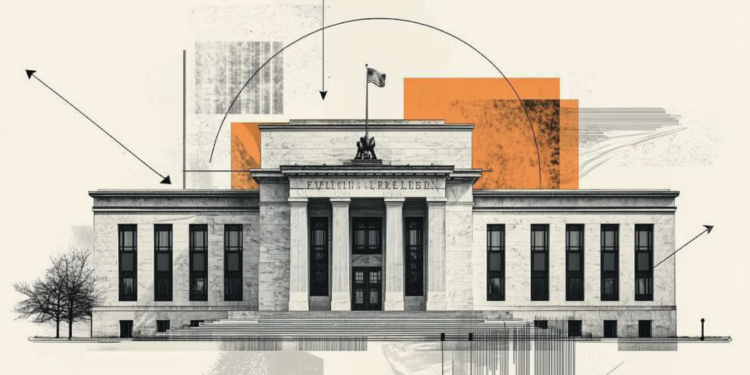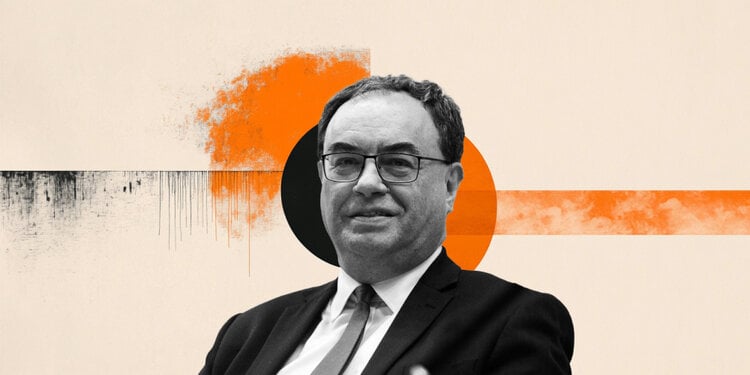- Gold prices gain ground on heightened risk aversion amid growing concerns about the US economy
- Safe-haven demand for the yellow metal was supported by escalating geopolitical tensions in the Middle East.
- Dovish sentiment around the Fed’s policy outlook supports non-yielding assets like Gold.
Gold (XAU/USD) price is trading higher near $2,450 per troy ounce during the Asian session on Friday. Traders are awaiting upcoming US labor market data, including Non-Farm Payrolls and Average Hourly Earnings data for July. Recent manufacturing and employment data have heightened concerns about the US economy, boosting risk aversion and supporting Gold as a safe haven.
The US ISM Manufacturing Purchasing Managers’ Index (PMI) fell to an eight-month low of 46.8 in July, compared with the previous reading of 48.5 and a forecast for an increase to 48.8. US Initial Jobless Claims for the week ended July 26 rose to 249K from 235K in the previous week, beating the forecast for an increase to 236K.
In addition, safe haven demand for gold is increasing due to escalating geopolitical tensions in the Middle East. Tensions in the Middle East remain high following the assassination of Hamas leader Ismail Haniyeh in Iran.
According to the New York Times on Wednesday, Haniyeh was killed in Iran’s capital after attending the inauguration of the new president. Both Iranian officials and Hamas have accused Israel of being behind the attack.
The price of the yellow metal gained ground on dovish sentiment around the Federal Reserve’s (Fed) policy path. The Fed decided to keep rates unchanged in the 5.25%-5.50% range at its July meeting on Wednesday. Lower interest rates tend to increase the attractiveness of non-yielding assets like Gold.
Gold FAQs
Gold has played a pivotal role in human history as it has been widely used as a store of value and a medium of exchange. Today, apart from its luster and use for jewelry, the precious metal is considered a safe haven asset, meaning it is considered a good investment in turbulent times. Gold is also considered a hedge against inflation and currency depreciation as it is not dependent on any particular issuer or government.
Central banks are the largest holders of gold. In order to support their currencies in turbulent times, central banks tend to diversify their reserves and buy gold to improve the perception of the strength of the economy and the currency. High gold reserves can be a source of confidence in a country’s solvency. Central banks added 1,136 tonnes of gold worth about $70 billion to their reserves in 2022, according to data from the World Gold Council. This is the largest annual purchase on record. Central banks in emerging economies such as China, India and Turkey are rapidly increasing their gold reserves.
Gold has an inverse correlation with the US Dollar and US Treasury bonds, which are the main reserve and safe haven assets. When the Dollar depreciates, the price of Gold tends to rise, allowing investors and central banks to diversify their assets in turbulent times. Gold is also inversely correlated with risk assets. A rally in the stock market tends to weaken the price of Gold, while sell-offs in riskier markets tend to favor the precious metal.
Gold prices can move due to a wide range of factors. Geopolitical instability or fears of a deep recession can cause the price of Gold to rise rapidly due to its status as a safe haven asset. As a non-yielding asset, Gold prices tend to rise when interest rates fall, while rising money prices often weigh down the yellow metal. Still, most of the moves depend on how the US Dollar (USD) performs, as the asset is priced in dollars (XAU/USD). A strong Dollar tends to keep Gold prices in check, while a weaker Dollar is likely to push Gold prices higher.
Source: Fx Street
I am Joshua Winder, a senior-level journalist and editor at World Stock Market. I specialize in covering news related to the stock market and economic trends. With more than 8 years of experience in this field, I have become an expert in financial reporting.







